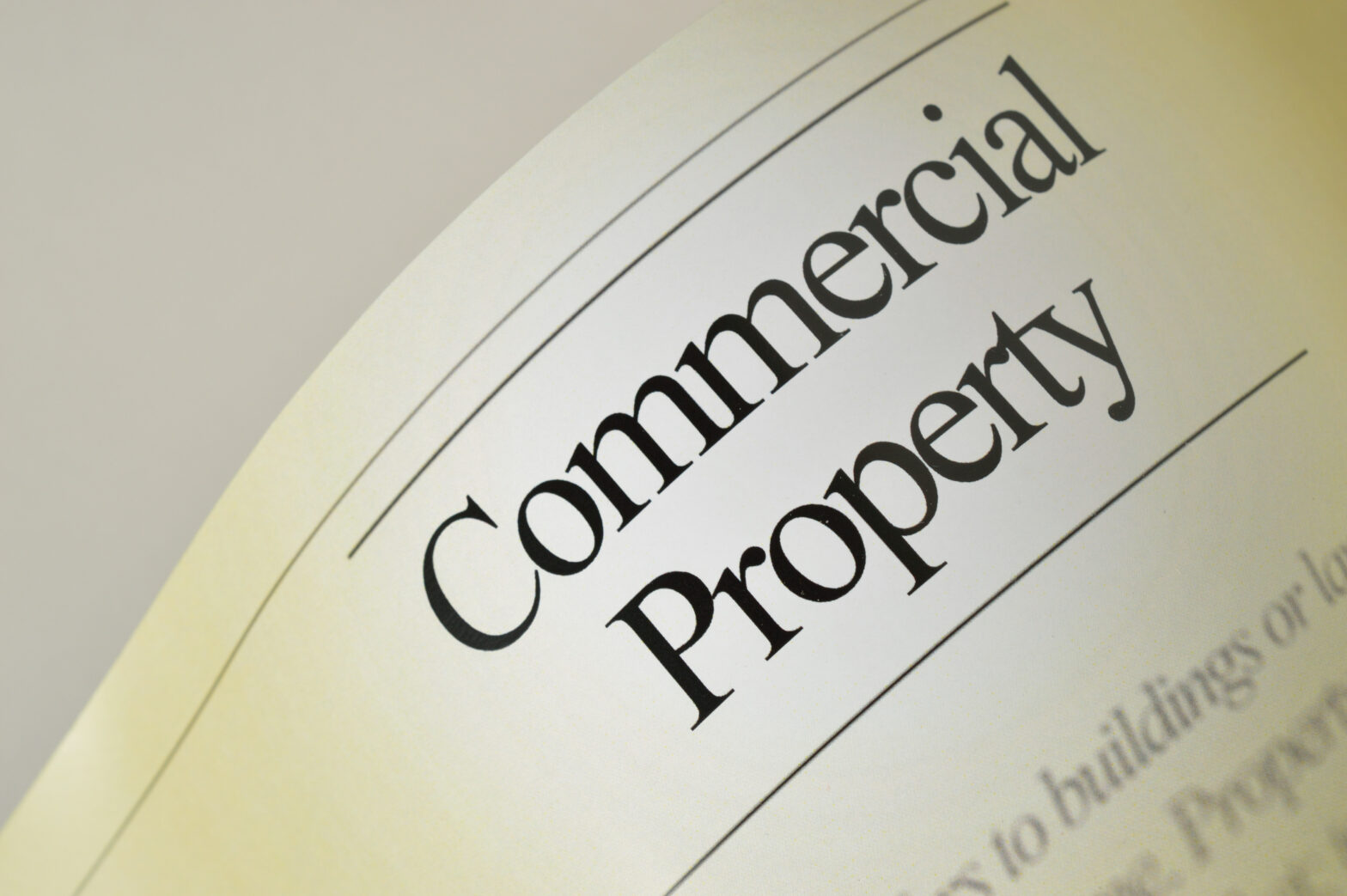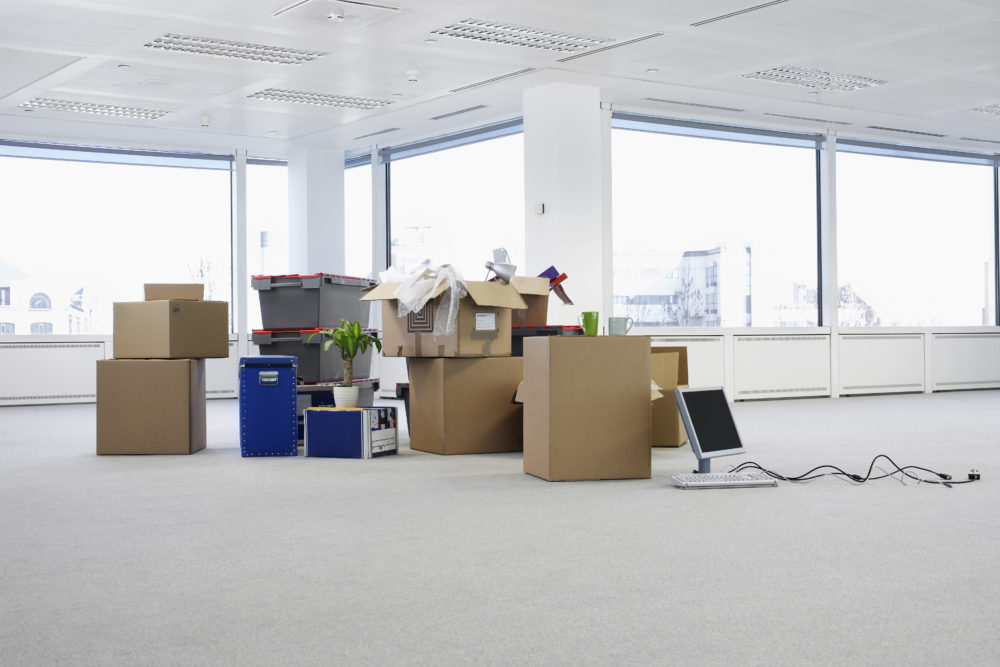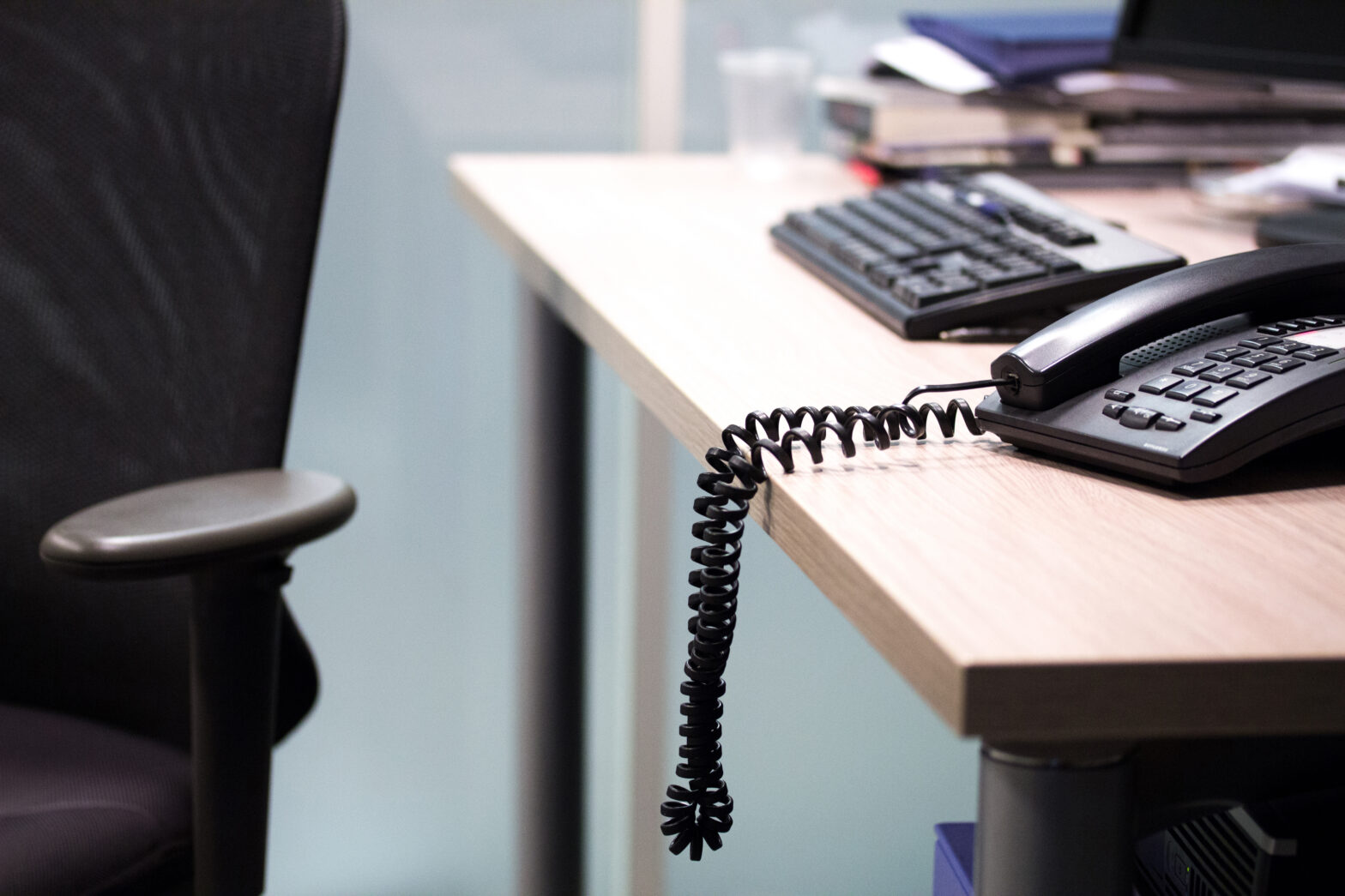In 2017, large corporate organisations are spending an ever-alarming amount on trendy, innovative and unique offices and workspaces. SMEs are therefore under increasing pressure to attempt to replicate such environments. Large companies are pulling out all the stops to get the best offices for their employees, and attract the best talent. From rooftop race tracks to multi-coloured slides, bean-bag-filled chill out zones and even microchipping, there appears to be no end to the boundaries large companies will push.
With the likes of Google, Amazon and Adobe acquiring ginormous office spaces in London for HQs costing billions of pounds, the competition amongst large corporates appears to be growing fiercer year on year. Consequently, one must ask – how can small businesses possibly compete with them? For an SME without a multi-million-pound budget, the challenge of creating a workspace as innovative and stylish as their corporate competitors is only growing tougher.
When designing a workplace, there are several key elements that must be taken into account. It is important to establish what you are actually using the space for. This sounds obvious – it’s an office – but the way we work is changing all the time.
For example, if you encourage flexible working or some employees aren’t at a desk five days a week, consider inserting a bank of hot desks to save on space. Consider cutting down the number of desks and introducing other spaces where people could work more flexibly. For this to work however, companies need to invest in strong connectivity throughout the office.
Keep it practical
When working on the layout of the office space itself, there are several points to consider in the actual design. Firstly, what do you actually need? For example – is a reception area actually necessary? From Active’s experience, it would appear that an increasing amount of companies are doing away with reception areas altogether. If you do not frequently have visitors, you could reutilise this space and use it for desk expansion or breakout areas. The modern office should no longer have areas that remain empty or unused for large periods of time.
Think about whether you need a quiet space for more private or confidential work – even the smallest of offices can add in a sliding wall or divider which can create two spaces out of one in a very cost effective way. This offers a more usable space to your staff. Alternatively, you could insert a one or two-person quiet booth or working hut where people can go to concentrate and do more focused work. Providing break out areas is relatively inexpensive and can be great places for employees to take a break with a colleague or client, have a coffee and a catch up, and hold impromptu meetings, without the need for a purpose-built private meeting room.
Secondly, be smart with levels and acoustics. Differing levels within an office space can make a surprisingly drastic impact on the look and feel of a space. A mixture of high-tables for team work, sit-stand desks for flexibility, and lower comfortable seating in break-out areas can go a long way. Acoustics are vitally important in an office space in numerous ways. A vast, empty space can feel unwelcoming and prove to be noisy for employees to try and work in. Think about soft furnishings, panelling and interior plantation for maximum effect yet remaining stylish and cost effective.
Furnishing can become one of the main drains of a budget when refitting an office. You can, however, be clever with how you source. More and more, we see corporate clients mixing quirky office pieces from IKEA with higher end Knoll and Steelcase units. This combination provides a cheaper alternative, and brings a much more unique look to the space.
This route is particularly favourable in the case of short-term occupancies, where you do not anticipate spending more than five or so years in the space.
Achieving a stylish, unique and innovative space is easy to achieve with the right support. In a world where offices and companies are continuously becoming smarter, greener and more creative – it is important to know what works for you and your business. The key to a successful office space in our eyes – is fluidity, flexibility and functionality! Create a space that will work for everyone, support your employees, and most importantly – that you enjoy being in.
Angela Love is director of Active.





